Home>Furniture & Design>Interior Design Trends>How To Make Glass Cleaner
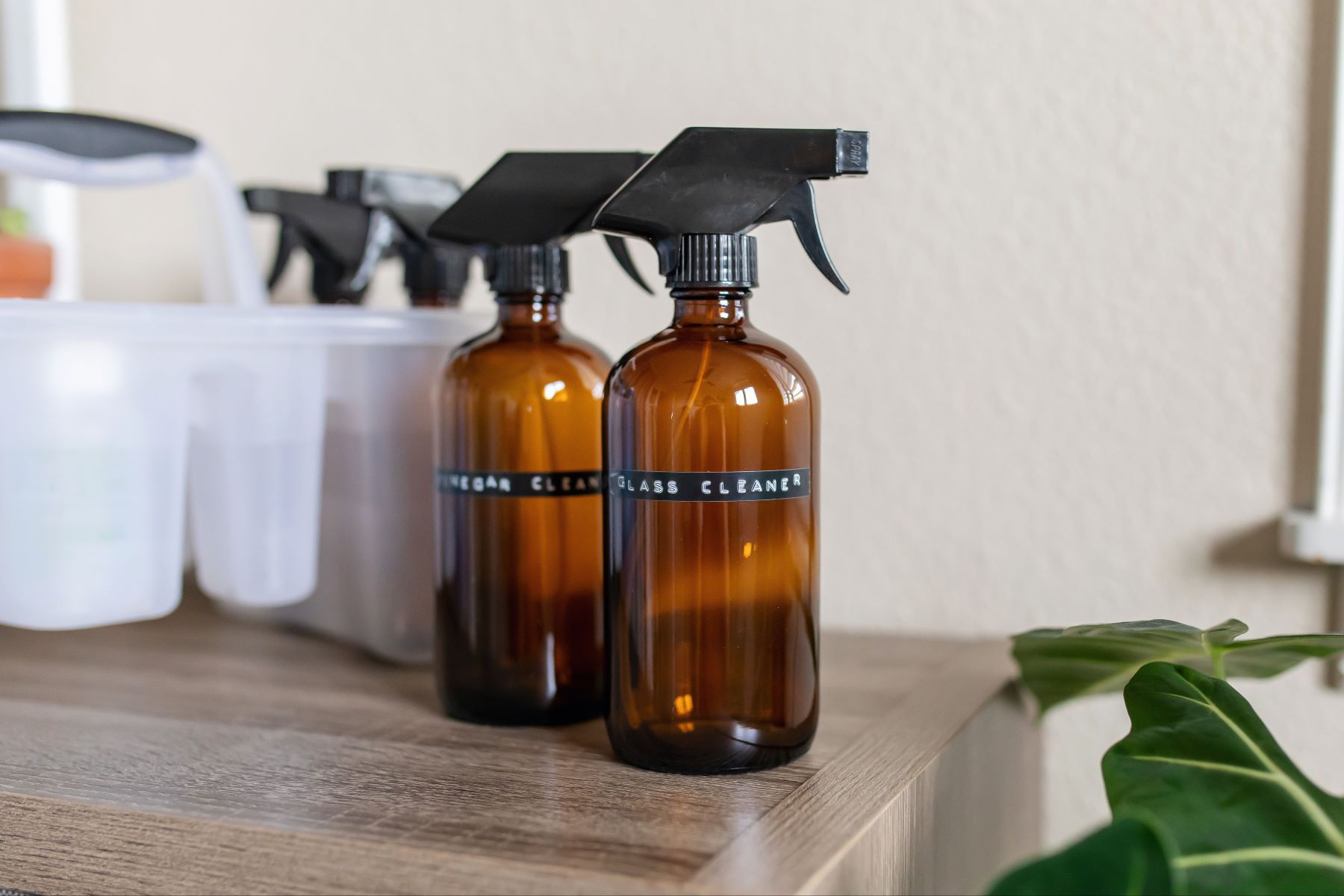

Interior Design Trends
How To Make Glass Cleaner
Modified: February 26, 2024
Learn how to make your own glass cleaner at home and keep up with the latest interior design trends. Create a sparkling, streak-free shine for your windows and mirrors. Discover the best DIY glass cleaner recipe today!
(Many of the links in this article redirect to a specific reviewed product. Your purchase of these products through affiliate links helps to generate commission for Storables.com, at no extra cost. Learn more)
Introduction
Keeping your windows and glass surfaces sparkling clean can significantly enhance the overall ambiance of your living space. Whether it's the windows that allow natural light to flood into your home or the glass tabletops that add a touch of elegance to your decor, maintaining their clarity is essential. However, achieving a streak-free shine can be a daunting task, especially when using commercial glass cleaners laden with harsh chemicals.
In this comprehensive guide, you will learn how to create a simple yet effective glass cleaner using natural ingredients that are safe for both your health and the environment. By following these easy steps, you can achieve crystal-clear windows and glass surfaces without the worry of inhaling harmful fumes or leaving behind chemical residues.
Creating your own glass cleaner not only promotes a healthier living environment but also allows you to customize the scent and properties of the cleaner to suit your preferences. Whether you prefer a refreshing citrus aroma or the calming scent of lavender, you have the freedom to tailor the cleaner to your liking.
By utilizing common household ingredients, you can also reduce your environmental impact by minimizing the use of single-purpose, chemical-laden products. This DIY glass cleaner is not only cost-effective but also promotes sustainability by reducing the consumption of disposable plastic bottles and the production of harmful pollutants associated with commercial cleaning products.
With just a few simple steps and a handful of natural ingredients, you can create a glass cleaner that not only leaves your windows and glass surfaces sparkling but also contributes to a healthier, more sustainable lifestyle. So, let's gather the materials and get started on creating your very own homemade glass cleaner!
Key Takeaways:
- Create your own natural glass cleaner using vinegar, alcohol, and essential oils for a healthier, eco-friendly alternative to commercial products. Enjoy sparkling, streak-free windows and surfaces while reducing environmental impact.
- Achieve crystal-clear glass with homemade cleaner and meticulous wiping. Embrace sustainable living, reduce chemical exposure, and revel in the beauty of sparkling, streak-free windows and mirrors.
Read more: What Is In Glass Cleaner
Materials Needed
To create your own homemade glass cleaner, you will need a few simple and readily available ingredients. Here's what you'll need to gather before getting started:
-
White Vinegar: This versatile household staple is a key ingredient in creating an effective glass cleaner. With its acidic properties, white vinegar helps to dissolve dirt, grime, and water spots on glass surfaces, leaving them sparkling clean.
-
Rubbing Alcohol: Also known as isopropyl alcohol, this ingredient aids in the evaporation of the cleaner, ensuring that it dries quickly and leaves behind a streak-free finish.
-
Distilled Water: Using distilled water helps prevent the formation of water spots and mineral deposits on the glass surfaces. Its purity ensures that no additional residues are left behind after cleaning.
-
Essential Oils (Optional): Adding a few drops of essential oils such as lemon, lavender, or peppermint can impart a pleasant fragrance to your glass cleaner. Additionally, certain essential oils possess natural antibacterial properties, further enhancing the cleaning power of the solution.
-
Spray Bottle: A clean spray bottle is essential for storing and dispensing your homemade glass cleaner. Opt for a high-quality spray bottle that can deliver a fine mist for even coverage on the glass surfaces.
-
Microfiber Cloth or Newspaper: To wipe and polish the glass surfaces, a microfiber cloth or crumpled newspaper works exceptionally well. These materials are highly effective at absorbing moisture and buffing the glass to a streak-free shine.
By gathering these simple materials, you are well-equipped to create a natural, effective, and environmentally friendly glass cleaner that will leave your windows and glass surfaces gleaming. Now that you have all the necessary ingredients, it's time to move on to the next step: mixing the ingredients to create your homemade glass cleaner.
Step 1: Mix the Ingredients
To begin creating your homemade glass cleaner, gather the white vinegar, rubbing alcohol, distilled water, and optional essential oils. The process of mixing these ingredients is straightforward and requires minimal effort.
Start by selecting a clean and empty spray bottle that is large enough to accommodate the volume of the glass cleaner solution. Using a funnel, carefully pour the following ingredients into the spray bottle:
-
White Vinegar: Measure out the appropriate amount of white vinegar according to the size of your spray bottle. The acidic nature of vinegar makes it an effective cleaning agent, capable of dissolving stubborn dirt, grime, and water spots on glass surfaces.
-
Rubbing Alcohol: Add the desired quantity of rubbing alcohol to the spray bottle. The inclusion of rubbing alcohol facilitates quick evaporation, ensuring that the glass cleaner dries rapidly without leaving streaks behind.
-
Distilled Water: Pour distilled water into the spray bottle, filling the remaining space after adding the white vinegar and rubbing alcohol. The purity of distilled water helps prevent the formation of water spots and mineral deposits on the glass surfaces, ensuring a pristine finish.
-
Optional Essential Oils: If you choose to incorporate essential oils for fragrance and additional cleaning properties, add a few drops of your preferred essential oil into the mixture. Whether you opt for the refreshing scent of lemon, the calming aroma of lavender, or the invigorating fragrance of peppermint, essential oils can enhance the overall cleaning experience.
Once all the ingredients are combined in the spray bottle, securely fasten the cap and gently swirl the bottle to ensure thorough mixing. Avoid shaking the bottle vigorously, as this may create excessive foam. The gentle swirling motion allows the ingredients to blend harmoniously, resulting in a well-combined glass cleaner solution.
With the ingredients successfully mixed, your homemade glass cleaner is now ready for use. The next step involves applying the cleaner to your glass surfaces, which will be covered in detail in the following section. By following these simple instructions, you can create a natural and effective glass cleaner that promotes a healthier living environment while delivering sparkling, streak-free results.
To make a simple glass cleaner at home, mix equal parts of water and white vinegar in a spray bottle. This solution is effective for cleaning glass surfaces and windows.
Step 2: Apply the Cleaner
With your homemade glass cleaner prepared and ready for use, it's time to apply the solution to your glass surfaces. Follow these simple steps to achieve a streak-free shine and pristine clarity:
-
Prepare the Glass Surface: Before applying the cleaner, ensure that the glass surface is free from any visible debris or dust. If necessary, use a soft brush or microfiber cloth to gently remove any loose particles. This initial preparation helps prevent the formation of streaks during the cleaning process.
-
Even Application: Hold the spray bottle containing the homemade glass cleaner approximately 6-8 inches away from the glass surface. Begin spraying the solution in a sweeping motion, covering the entire area with a fine mist. Aim for an even application to ensure thorough coverage without oversaturating the surface.
-
Focus on Problem Areas: For glass surfaces with stubborn spots or streaks, apply a slightly heavier concentration of the cleaner to these specific areas. Allow the solution to dwell on the problem spots for a few moments to effectively dissolve any accumulated grime or residue.
-
Avoid Excessive Dripping: While applying the cleaner, be mindful of excessive dripping or runoff. To prevent the solution from running down the glass surface prematurely, apply the cleaner methodically, working from top to bottom in a controlled manner.
-
Work in Sections: If you are cleaning large glass surfaces, such as windows or glass doors, consider working in manageable sections to ensure thorough coverage and efficient cleaning. By dividing the area into smaller segments, you can maintain control over the application process and achieve consistent results.
-
Minimize Overspray: When applying the cleaner to vertical glass surfaces, such as windows, take care to minimize overspray onto surrounding areas. Shield adjacent surfaces with a protective barrier, such as a cloth or paper towel, to prevent the cleaner from inadvertently reaching unintended areas.
-
Allow Dwell Time: After applying the cleaner, allow it to dwell on the glass surface for a brief period. This dwell time enables the solution to effectively break down dirt, grime, and water spots, facilitating easier removal during the subsequent wiping and polishing step.
By following these steps, you can effectively apply your homemade glass cleaner to achieve optimal cleaning results. The next and final step involves wiping and polishing the glass surfaces to reveal a pristine, streak-free shine.
Step 3: Wipe and Polish
After applying the homemade glass cleaner to the glass surfaces, the final step involves wiping and polishing to reveal a pristine, streak-free shine. This critical step ensures that the cleaning solution is evenly distributed and any residual moisture or cleaner is effectively removed, leaving behind sparkling, crystal-clear glass.
To accomplish this, follow these essential guidelines for optimal results:
-
Use a High-Quality Cloth or Newspaper: Select a clean, lint-free microfiber cloth or crumpled newspaper to wipe and polish the glass surfaces. These materials are highly effective at absorbing moisture and buffing the glass to a streak-free shine without leaving behind lint or residue.
-
Start from the Top: Begin wiping and polishing the glass surface from the top and work your way down in a methodical manner. This approach helps prevent streaks and ensures that any drips or runoff from the cleaning solution are addressed as you progress.
-
Employ Circular Motions: When wiping the glass, use circular motions to evenly distribute the cleaner and buff the surface to a brilliant shine. This technique helps eliminate streaks and ensures thorough coverage, resulting in a flawless finish.
-
Focus on Detailing: Pay close attention to the edges and corners of the glass surfaces, as these areas are prone to accumulating cleaner residue and moisture. Use the edge of the cloth or newspaper to detail these areas, ensuring that every part of the glass is thoroughly polished.
-
Inspect for Streaks: After wiping and polishing the glass, inspect the surface under adequate lighting to identify any remaining streaks or smudges. If streaks are present, re-polish the affected areas using a clean section of the cloth or newspaper until the glass achieves a pristine, streak-free clarity.
-
Allow for Drying Time: Once the glass surfaces are thoroughly wiped and polished, allow them to air dry for a few moments. This brief drying period enables any residual moisture to evaporate, further enhancing the streak-free finish.
By following these detailed steps for wiping and polishing, you can achieve exceptional results, leaving your glass surfaces immaculately clean and brilliantly clear. The combination of the homemade glass cleaner and meticulous wiping and polishing techniques ensures that your windows, mirrors, and glass tabletops radiate a captivating sparkle, enhancing the overall aesthetic of your living space.
Read more: What Is A Glass Cleaner
Conclusion
In conclusion, creating your own homemade glass cleaner offers a multitude of benefits that extend beyond achieving sparkling, streak-free glass surfaces. By harnessing the power of natural ingredients such as white vinegar, rubbing alcohol, and distilled water, you can craft a cleaning solution that is not only effective but also environmentally friendly and safe for indoor use. The addition of optional essential oils further enhances the cleaning experience, imparting a delightful fragrance while contributing natural antibacterial properties.
The process of mixing the ingredients to create the glass cleaner is simple and requires minimal effort, making it an accessible and cost-effective alternative to commercial cleaning products. By utilizing a clean spray bottle for storage and application, you can easily dispense the homemade glass cleaner onto windows, mirrors, glass tabletops, and other glass surfaces, ensuring thorough coverage and optimal cleaning results.
Applying the homemade glass cleaner involves a systematic approach, focusing on even application, problem areas, and controlled overspray to achieve comprehensive coverage without wastage. The inclusion of a brief dwell time allows the cleaning solution to effectively break down dirt, grime, and water spots, preparing the glass surfaces for the final step of wiping and polishing.
The critical step of wiping and polishing the glass surfaces ensures that the cleaning solution is evenly distributed and any residual moisture or cleaner is effectively removed, leaving behind a pristine, streak-free shine. By employing high-quality microfiber cloths or crumpled newspaper and employing meticulous circular motions, you can achieve exceptional results, elevating the clarity and visual appeal of your glass surfaces.
In essence, creating and using your own homemade glass cleaner empowers you to maintain a healthier living environment, reduce your environmental footprint, and achieve stunningly clean and clear glass surfaces throughout your home. By following the simple yet effective steps outlined in this guide, you can embark on a journey towards sustainable and natural cleaning practices while enjoying the satisfaction of gleaming, streak-free windows, mirrors, and glass tabletops.
With the knowledge and skills to create your own homemade glass cleaner, you can take pride in promoting a healthier, more sustainable lifestyle while reveling in the beauty of crystal-clear glass that enhances the overall ambiance of your living space.
Frequently Asked Questions about How To Make Glass Cleaner
Was this page helpful?
At Storables.com, we guarantee accurate and reliable information. Our content, validated by Expert Board Contributors, is crafted following stringent Editorial Policies. We're committed to providing you with well-researched, expert-backed insights for all your informational needs.
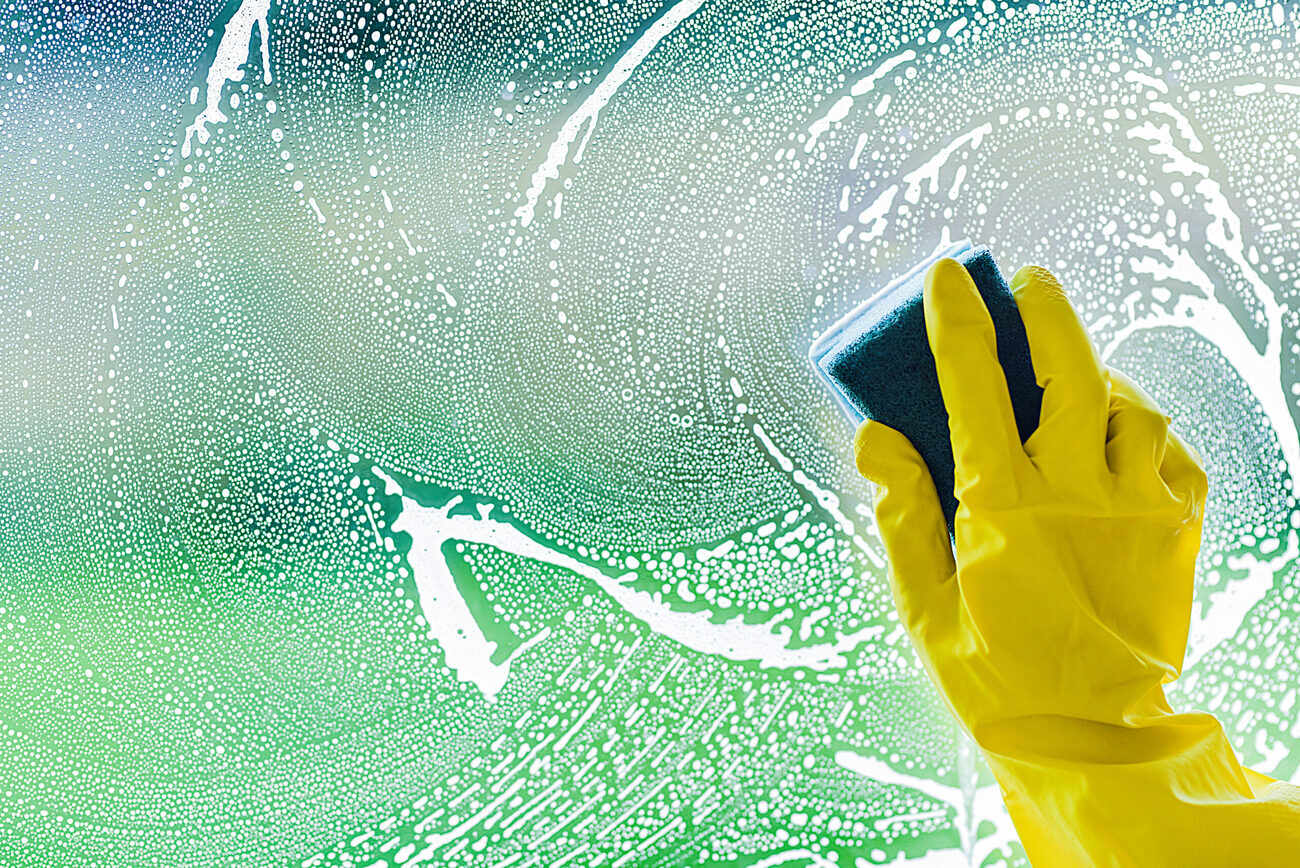
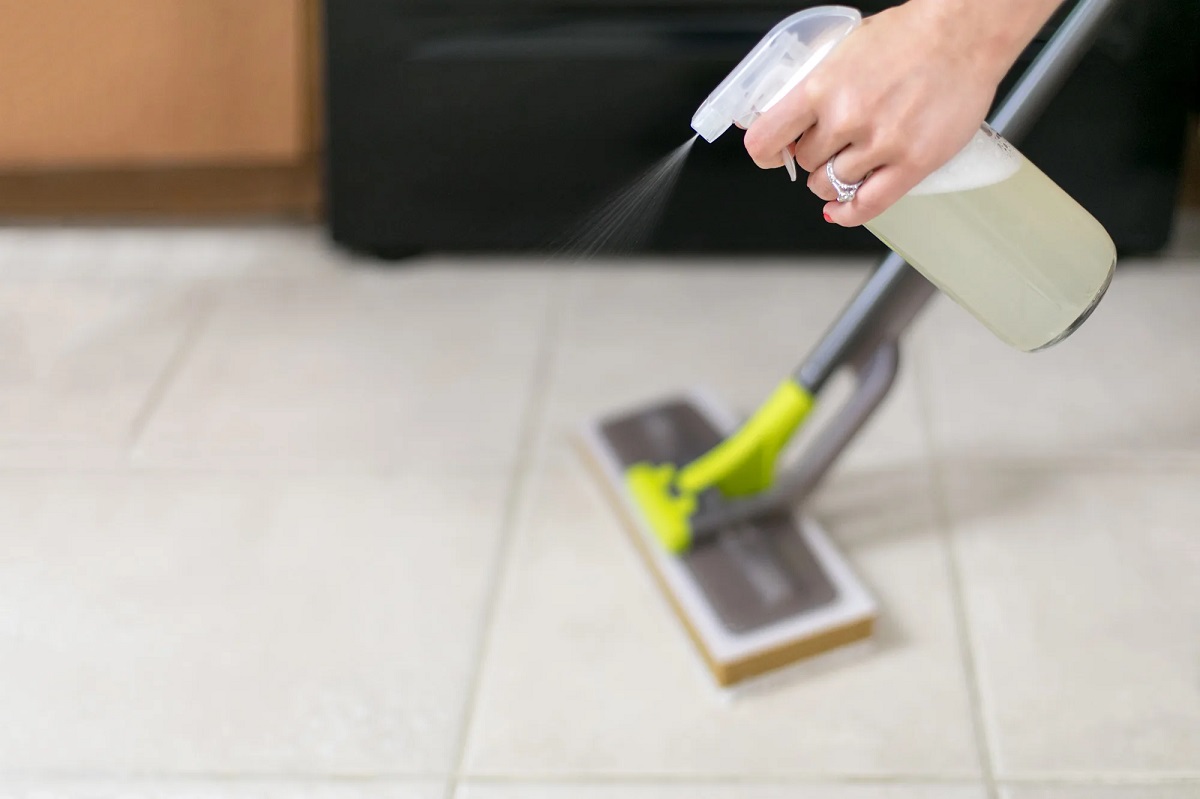
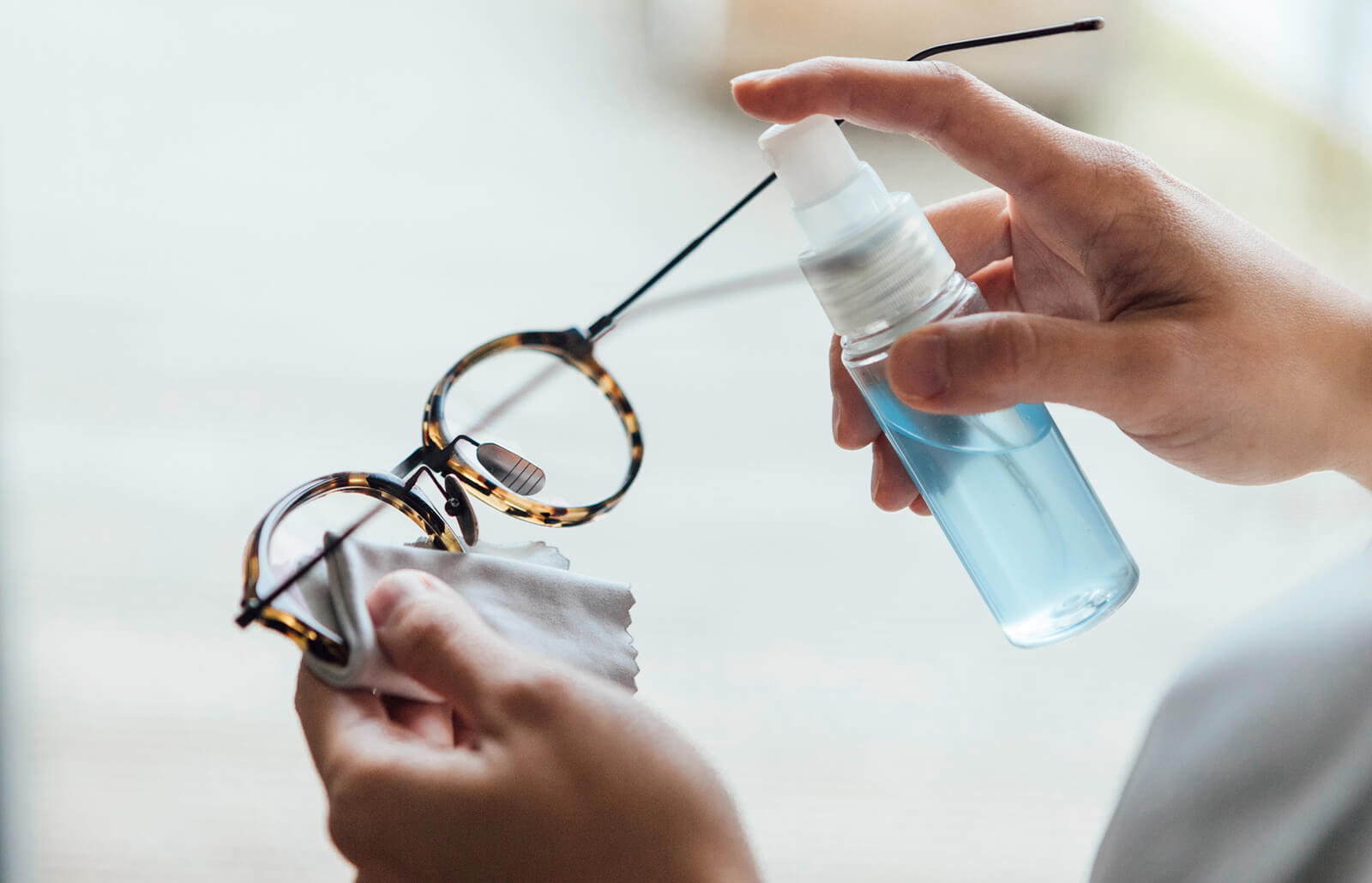
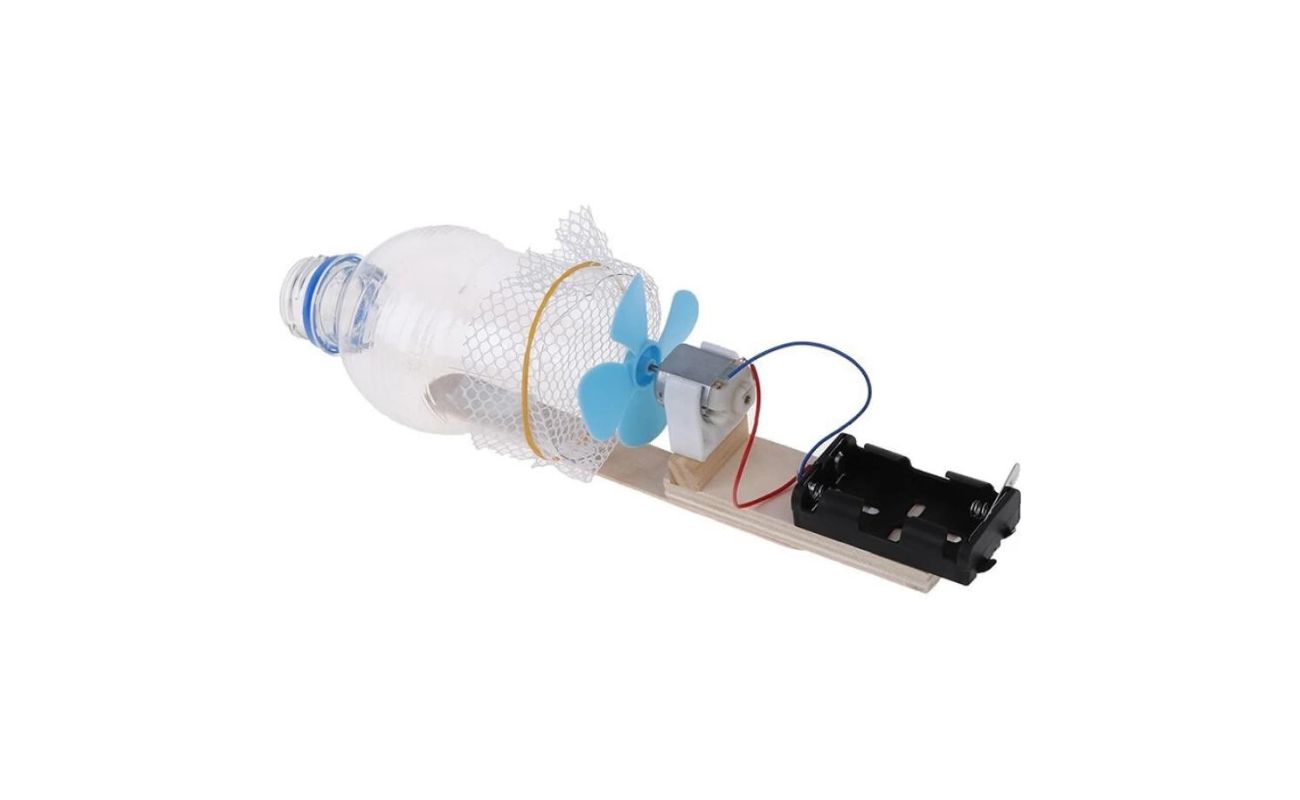
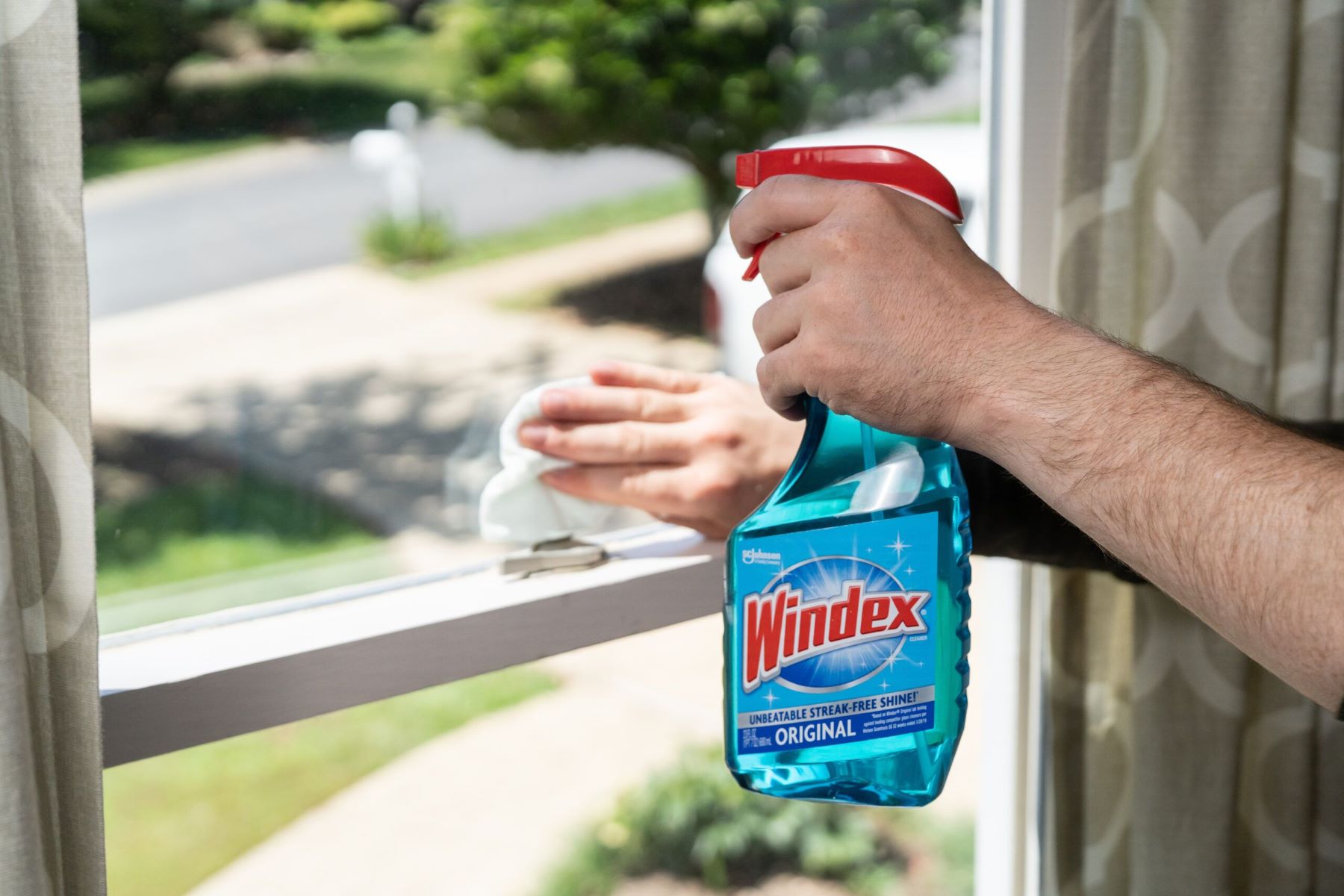
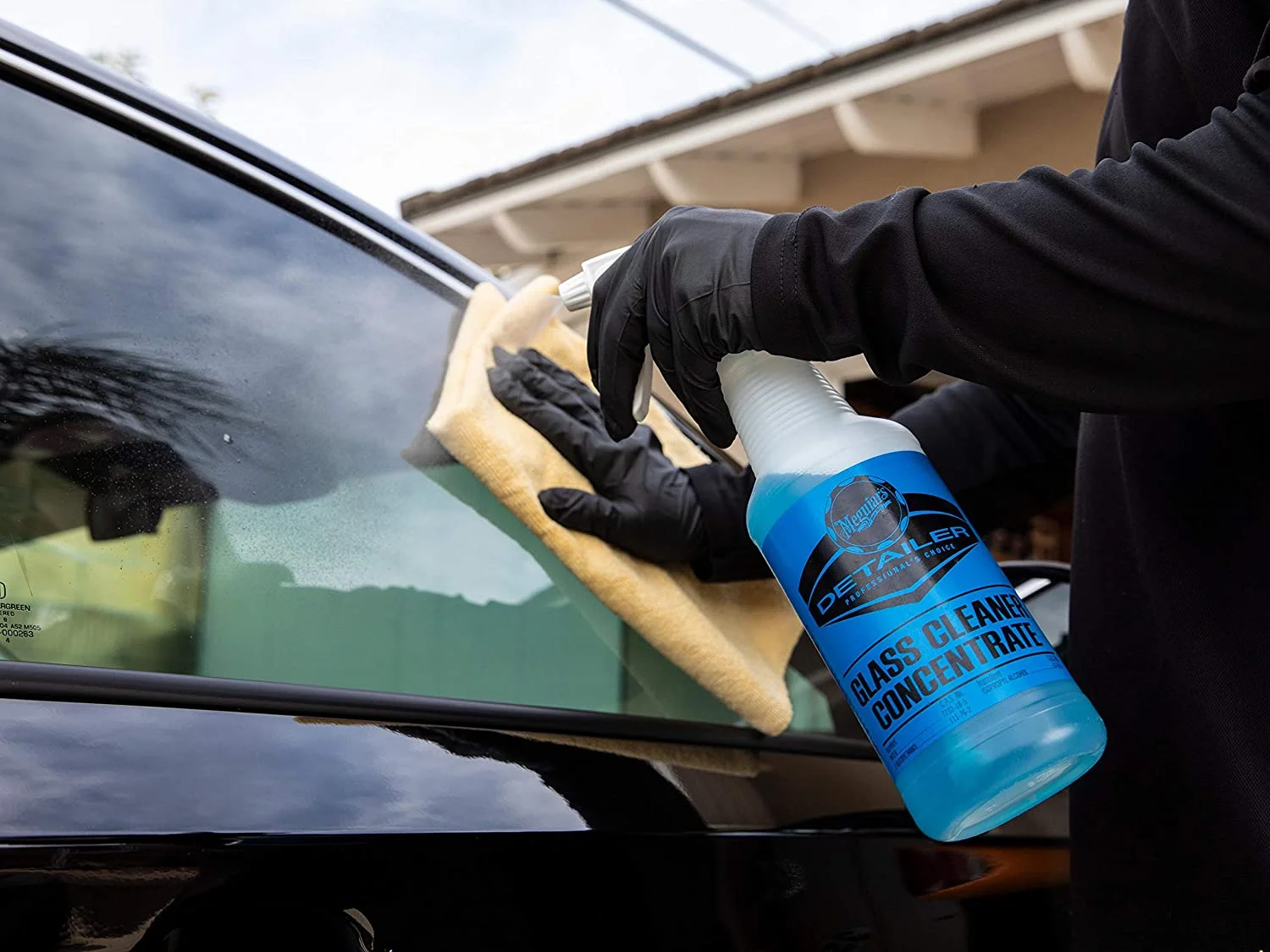
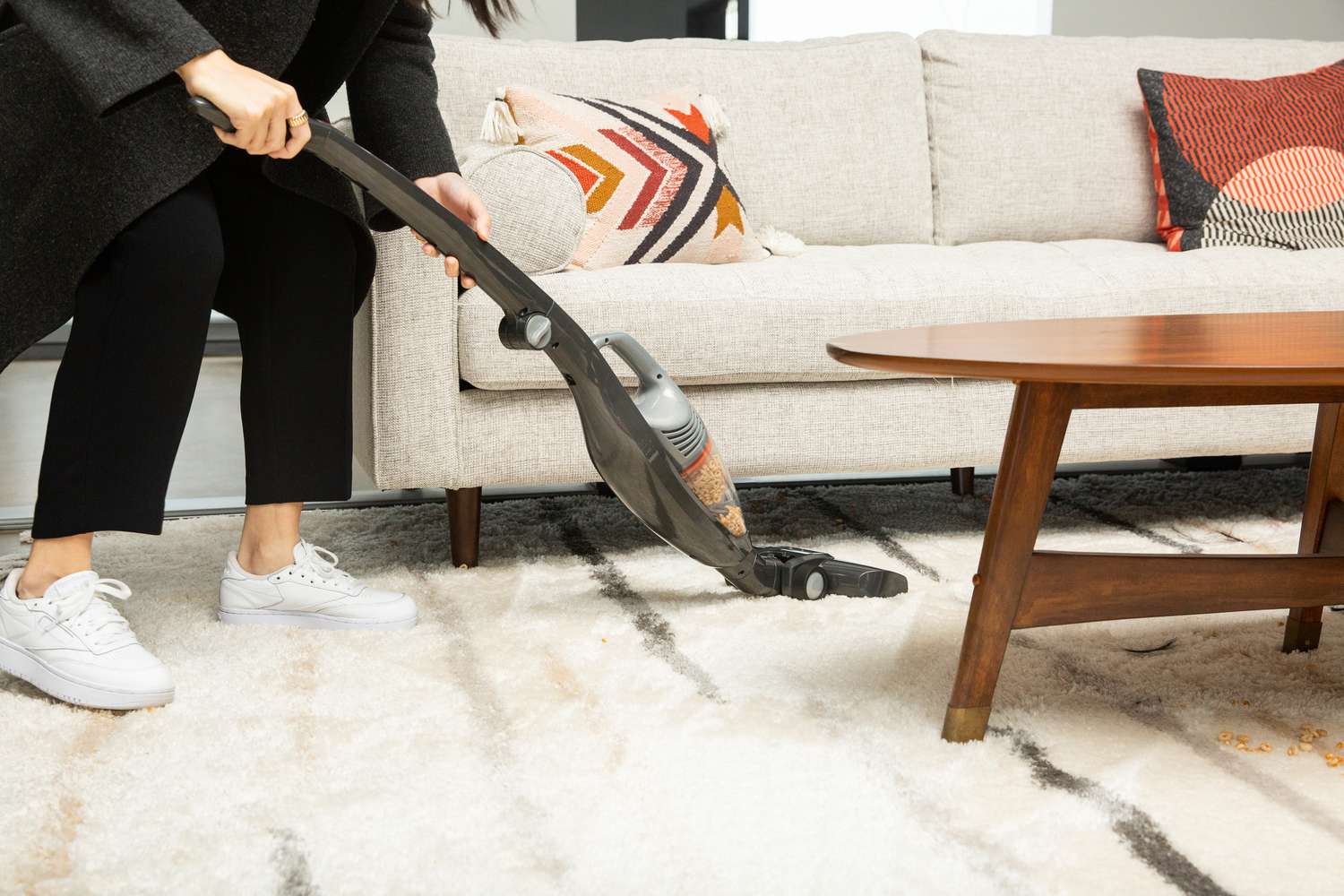
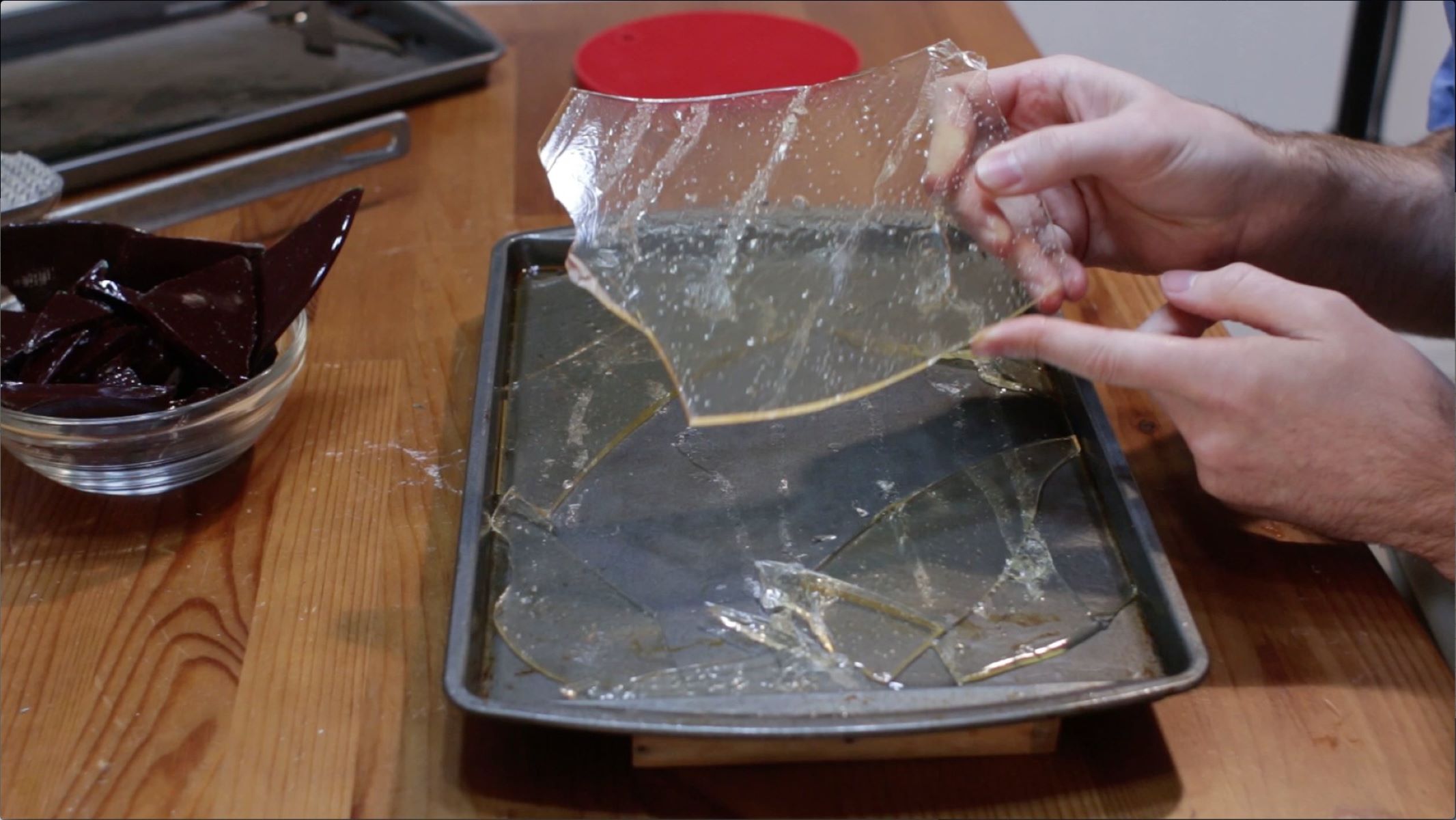
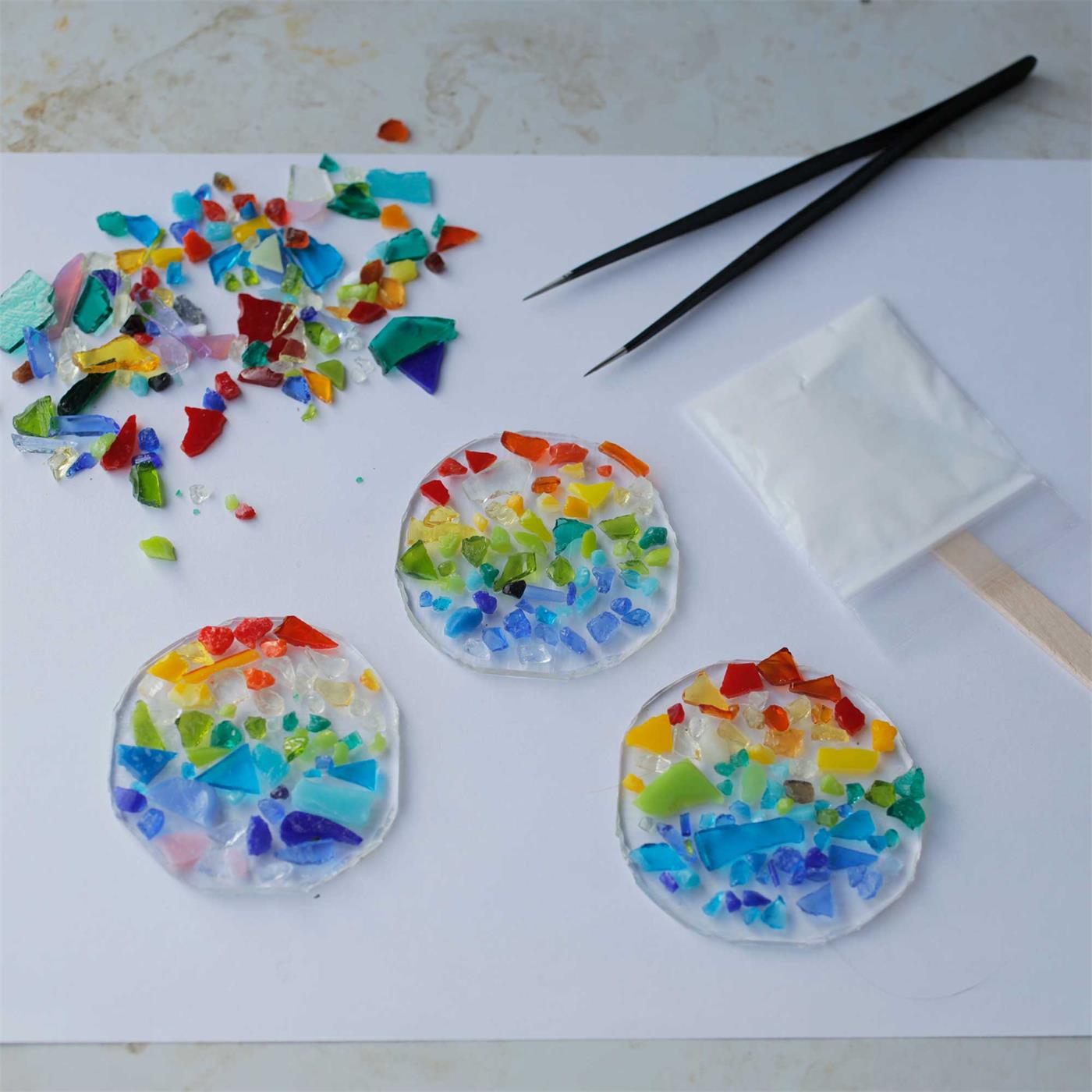
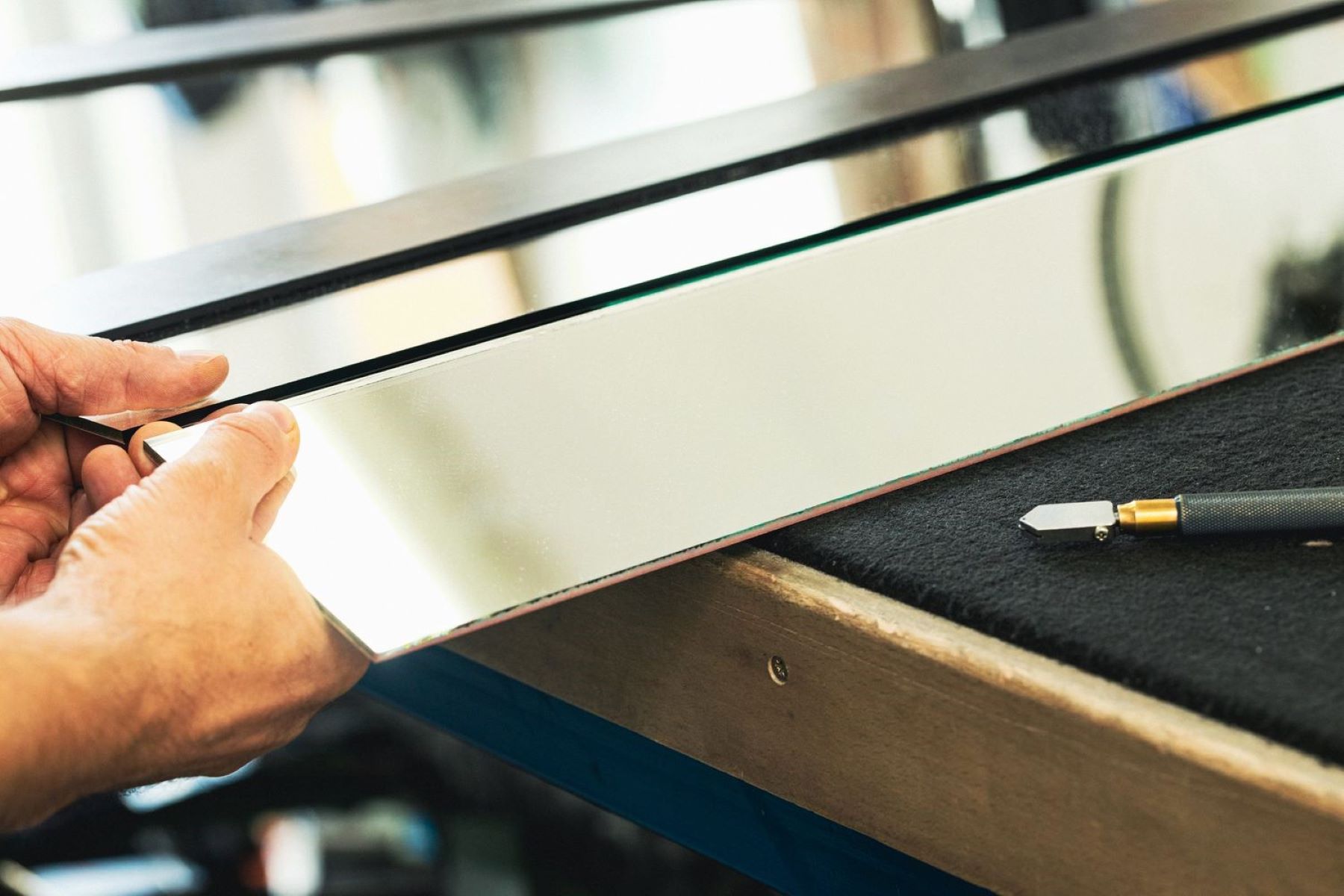
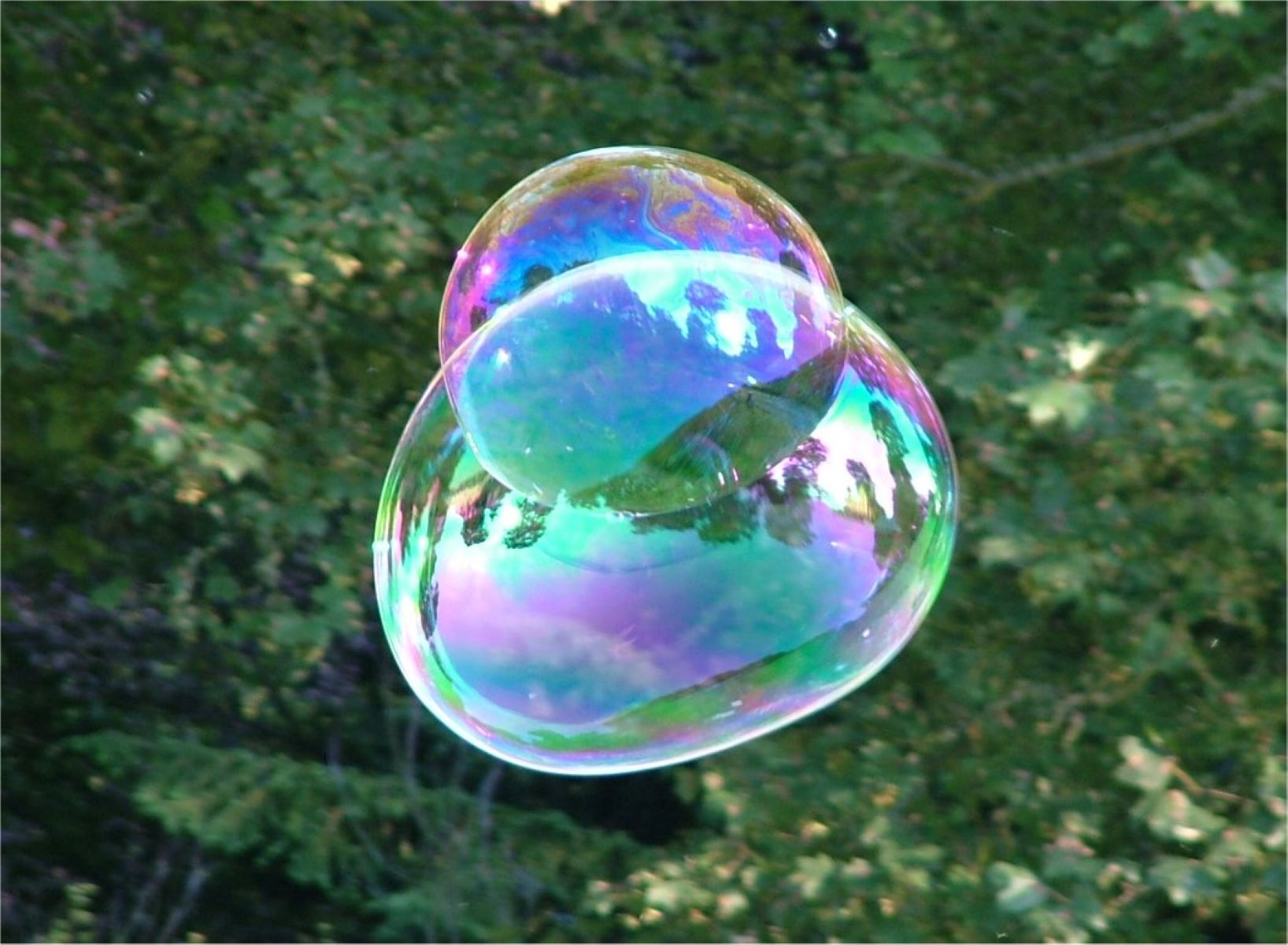
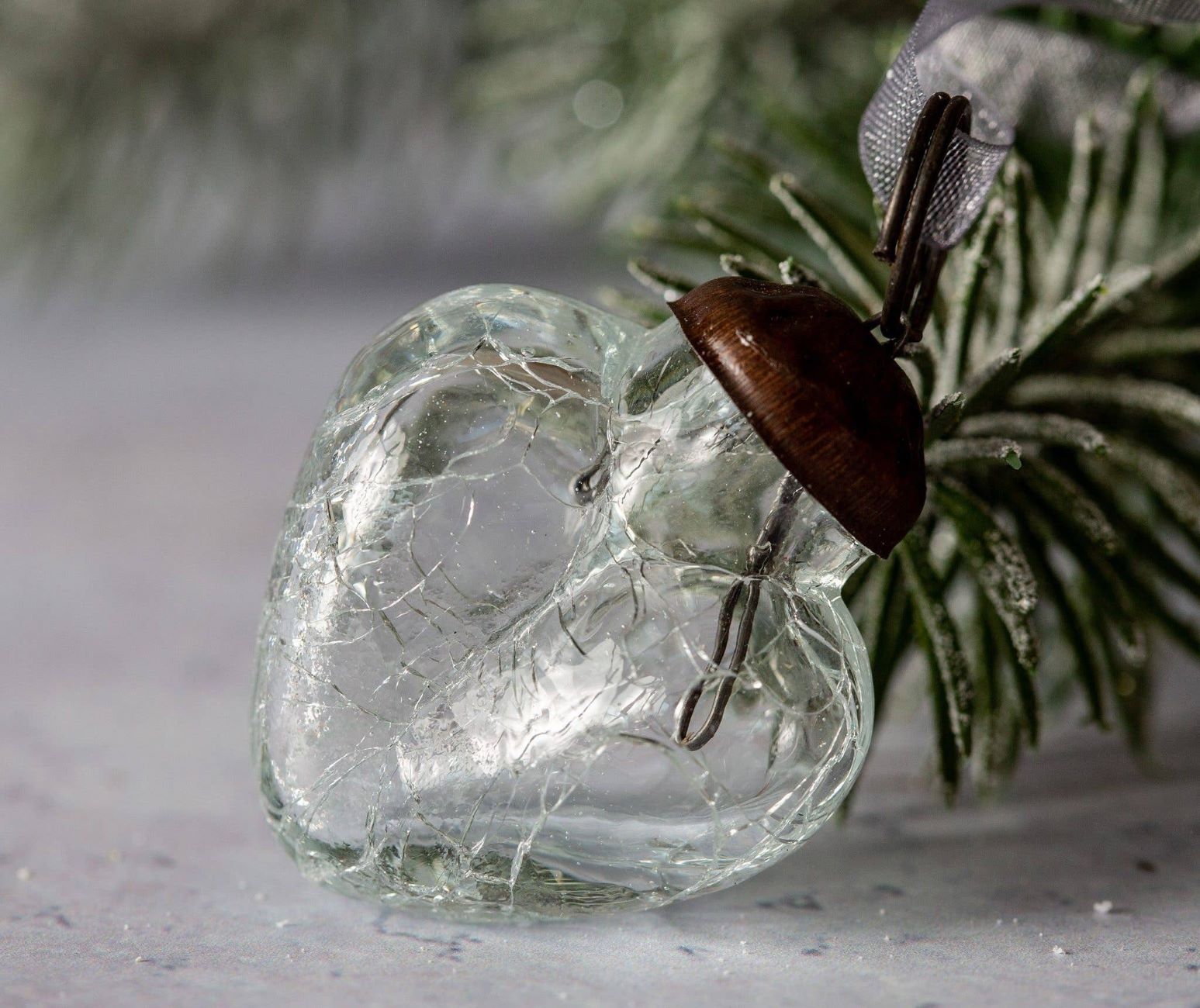
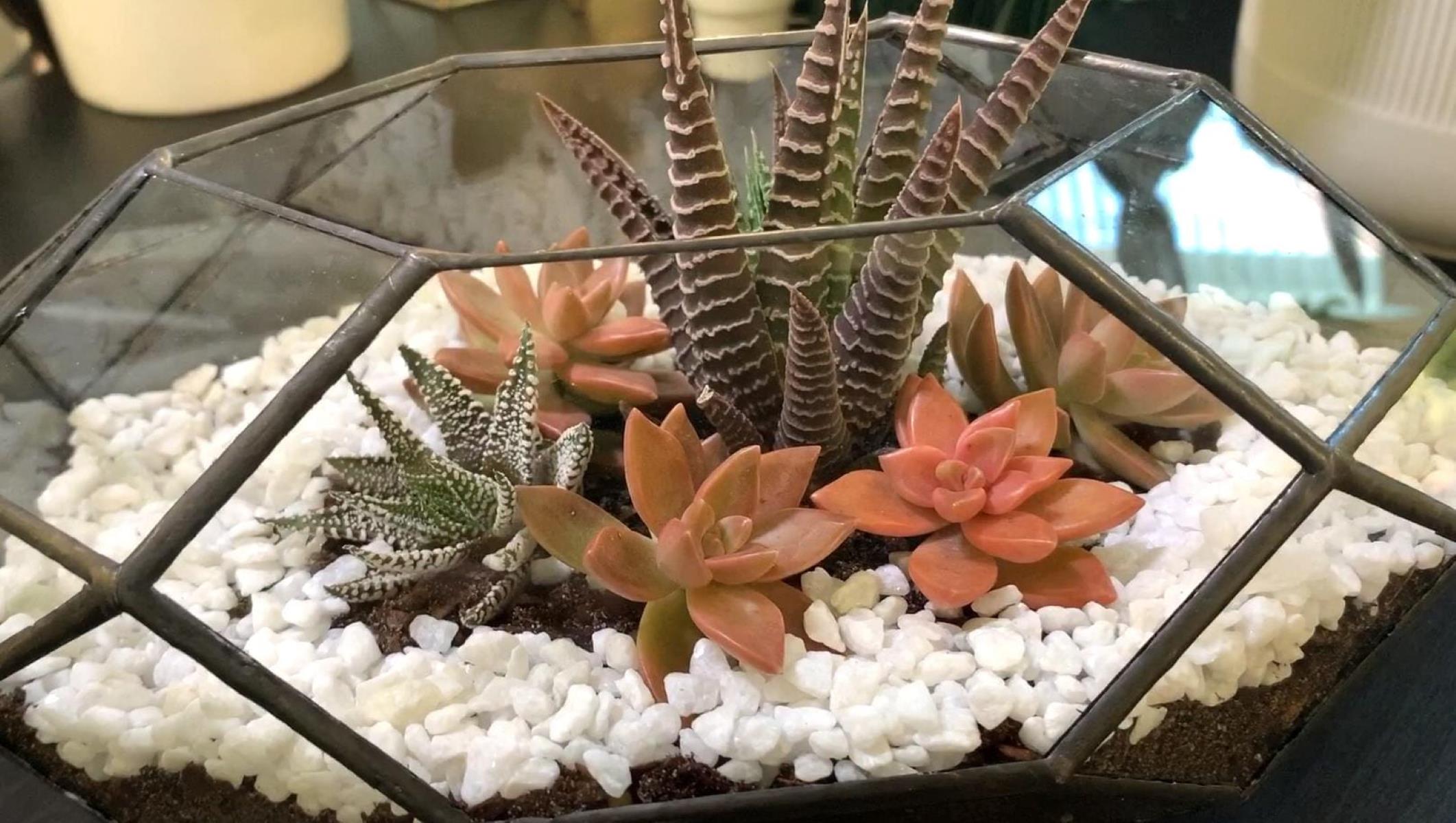
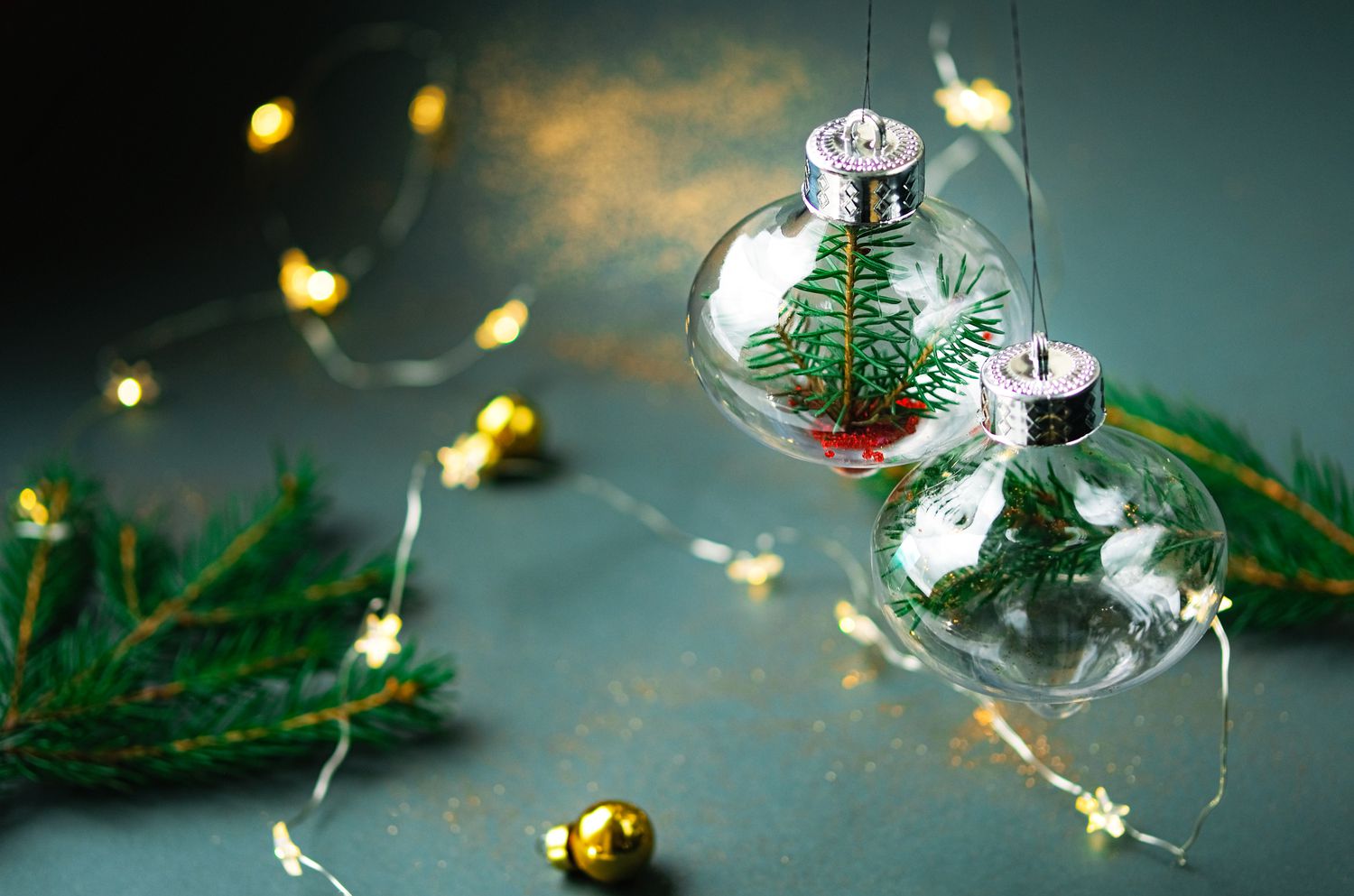

0 thoughts on “How To Make Glass Cleaner”